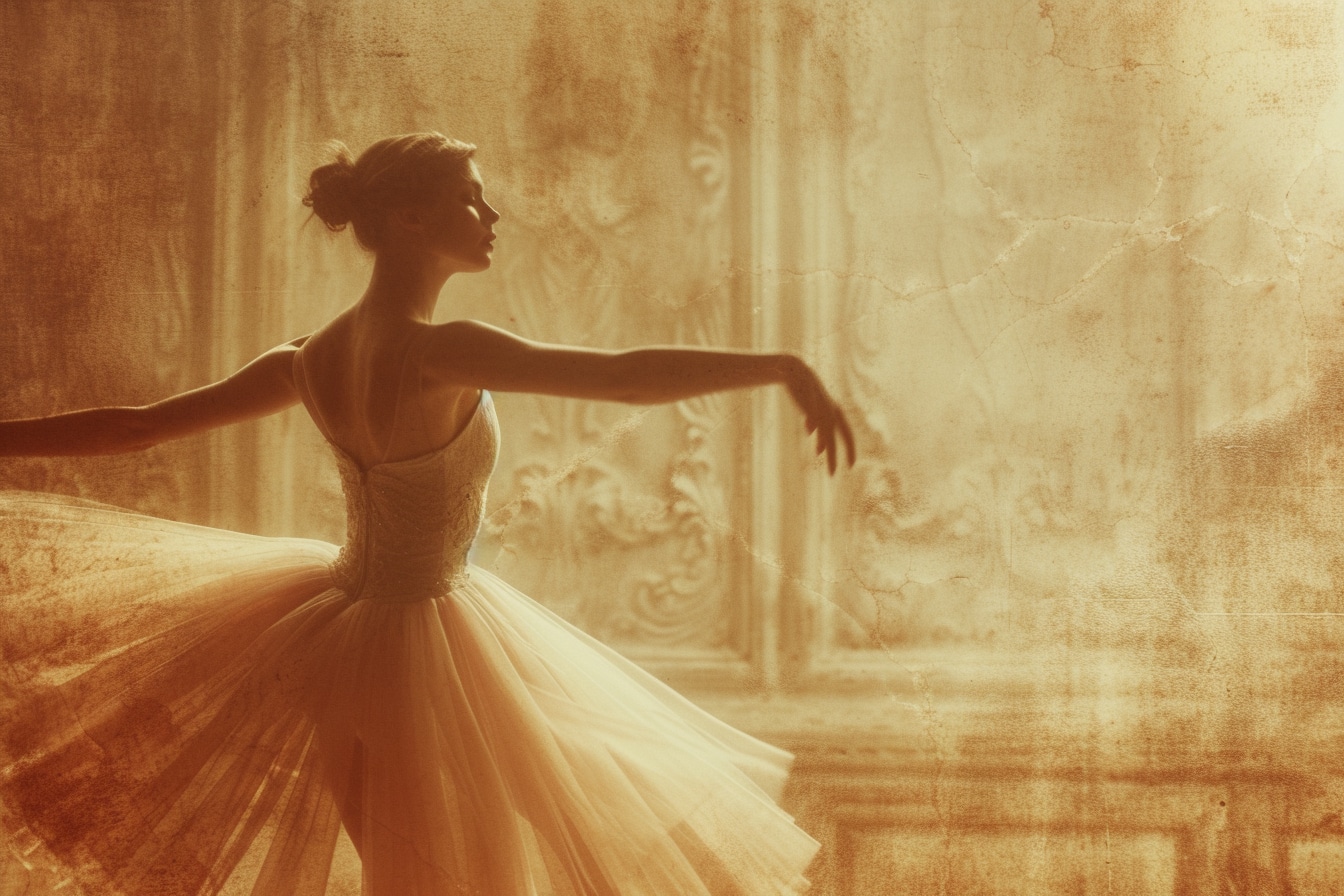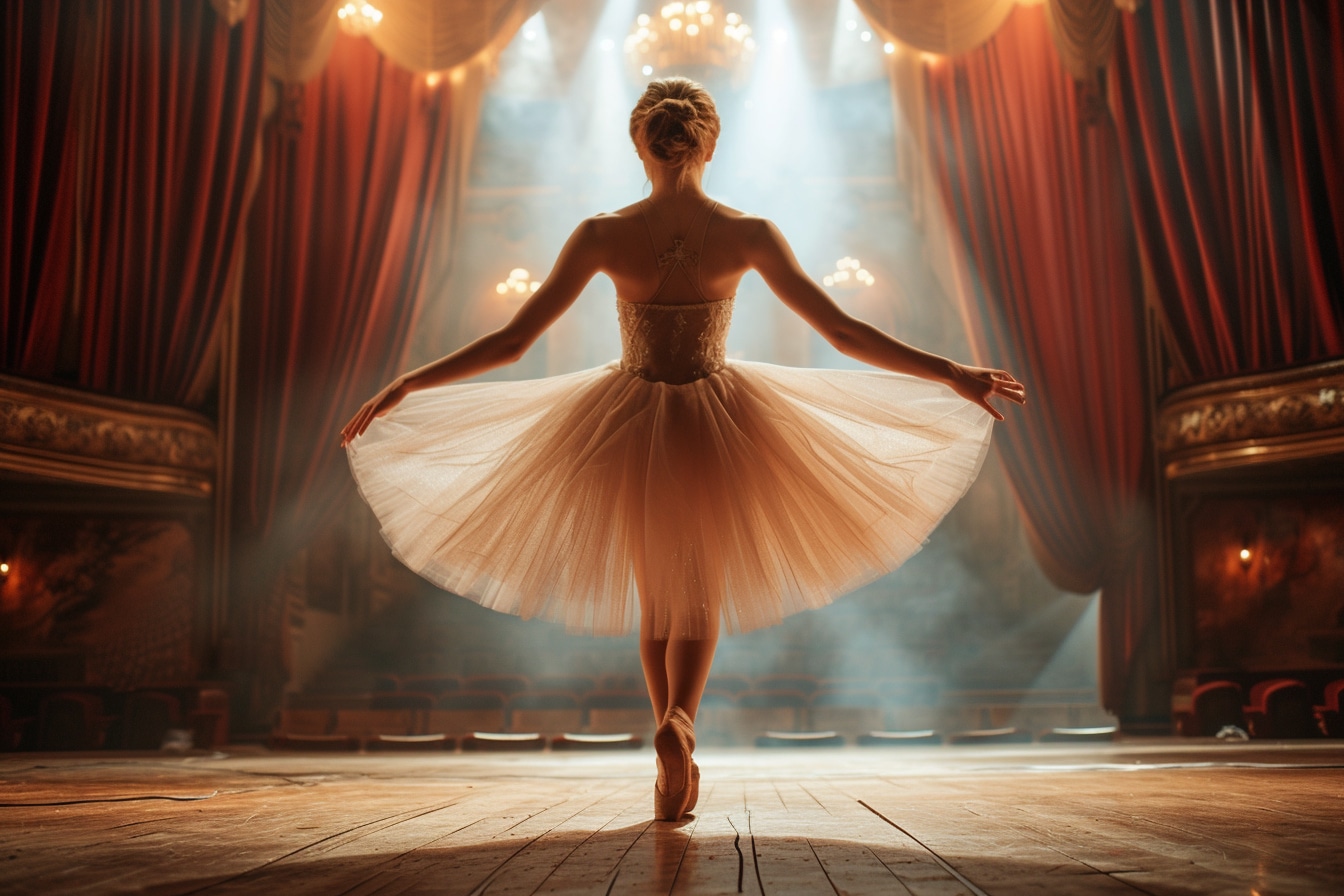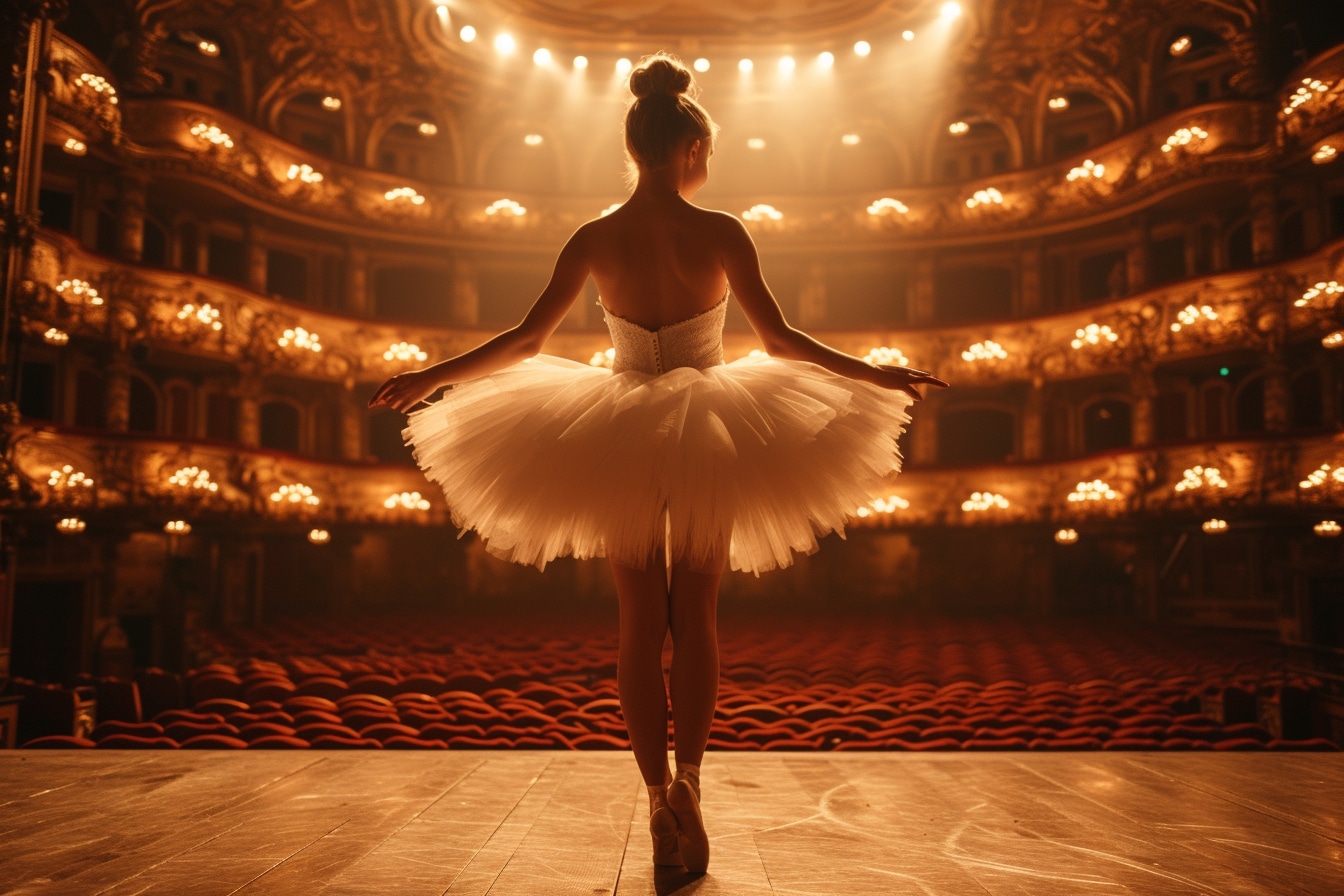Unveiling the Elegance of Ballet: An Exploration of its Styles, Techniques, and Rich Heritage

Originating in the Italian Renaissance and developed under the monarchy in France, ballet is a centuries-old art form that moves and inspires. It has metamorphosed over the centuries, shaping a tradition rich in styles and techniques. From courtly elegance to the modern proscenium stage, the ballet offers magnificent body language, technical refinement and expressive depth.
Ballet Styles

Classical ballet
Firmly anchored in tradition, classical ballet evokes spectacles of grand tutus, pointe shoes and precise steps. His rigorous technique, a legacy of masters like Marius Petipa, requires iron discipline. Dancers train for years to master the five basic positions, aerial jumps and dizzying pirouettes. Iconic pieces like “Swan Lake” or “Cascanueces” provide audiences with the pure essence of classical ballet.
The romantic ballet
Romantic ballet flourished in the 19th century with works such as “Giselle” and “La Sylphide”. This style is distinguished by its dreamy themes, its interest in the supernatural and the introduction of pointe shoes, allowing ballerinas to achieve unparalleled lightness. The long skirt, called the romantic tutu, also became a signature of this era, floating and twirling around the dancers with grace.
Contemporary ballet
Puzzle of innovation and personal expression, contemporary ballet challenges conventions. Fusing classical technique with modern movements, it breaks with formalism and encourages individuality. Choreographers like William Forsythe pushed the physical limits of dancers, exploring human potential through unexpected forms.
Neoclassical ballet
Forging a bridge between the past and the present, neoclassical ballet, popularized by George Balanchine, retains the rigor of classical technique while lightening the decor and costumes. This style is characterized by its return to pure forms, highlighting the technique and speed of the dancers in more abstract works without explicit narration.
Fundamental Ballet Techniques

The position of the feet and arms
A fundamental foundation in ballet, mastery of the five foot and arm positions is essential. These positions provide not only the fundamentals but also security in performing complex movements.
Pirouettes and spins
Rotations – or pirouettes – are key elements of ballet. Performed in demi-pointe or on pointe, they require impeccable coordination and extraordinary balance. The turns in the air, for their part, add dynamism and audacity to the choreographies.
The jumps
From the petit allegro to the grand jets, the jumps give the ballet a feeling of weightlessness. They are classified according to their difficulty and the space they occupy in the room.
Peaks
Pointe shoes allow ballerinas to dance on the tips of their toes, a feat that requires considerable foot and ankle strength, as well as impeccable technique.
The history of ballet
Ballet has evolved over time, its history weaving a rich tapestry of political, social and artistic changes. In its early days, ballet was a court affair, entertainment for royalty and the aristocracy. Later transposed onto professional stages, it became accessible to a wider audience. With the advent of romanticism, he focused on more emotional and fantastical themes. Finally, in the 20th century, with the emergence of contemporary and neoclassical ballet, freedom of expression and experimentation became predominant, reflecting the constant evolution of this art.
The great ballets to know
” Swan Lake “ remains undoubtedly the most famous work of the classical repertoire, while “Giselle” is the archetype of romantic ballet. The ballets of George Balanchine, like “Agon” Or “Apollon Musagète”, embody the genius of neoclassical ballet. Recent works, such as those by Wayne McGregor or Crystal Pite, show the continued evolution and richness of contemporary ballet.
Rehearsals and training
Perfectionism is key in the ballet world. The dancers rehearse tirelessly, aiming for excellence in each movement. The daily workout, which includes barre and center exercises, is intended to strengthen the body and refine technique.
The impact of ballet on culture
Much more than a form of entertainment, ballet reflects and influences culture. It has inspired literary works, films and even left its mark on the fields of fashion and design. Her depiction of perfection and her constant quest for beauty continue to raise the standards of performance art.
Ballet is a rich and complex universe, combining elegance and power, tradition and innovation. The dancers pursue an ideal of grace and technicality that captivates the eye and elevates the spirit. By exploring the finer points of its styles, techniques and history, we begin to grasp the magnitude of this sublime and demanding art which continues to fascinate and inspire generations.
Comments
Leave a comment